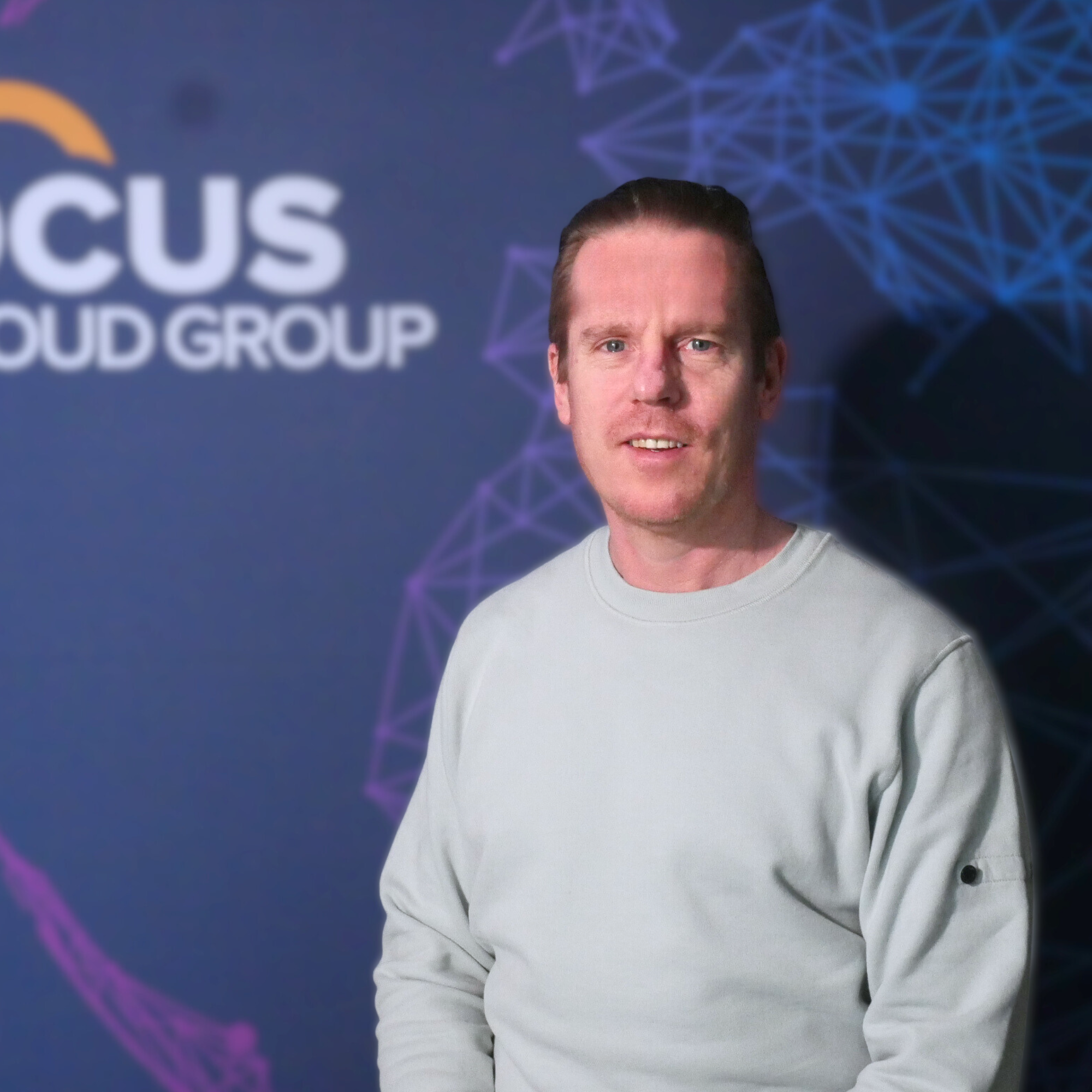The world of Workday® implementations is both complex and compelling. With over 60 million Workday® users, covering upwards of 9,500 organisations worldwide, the number of Workday® Customers continues to rise.
With implementations, however, come challenges. Replacing or integrating legacy systems and other tech products the organisation relies on, the team you need to manage a successful implementation, and the support necessary during the post-implementation and maintenance phases, are all big considerations.
In this ‘Interviewing the Experts’ instalment, we’re tackling the big implementation issues with Ānand Iyer, Global HRIS Director and implementations expert, based in the US.
Ānand started his career in general IT, before moving into the HR Tech space. He has successfully managed global HR for organisations across a number of industries, including Life Sciences, FinTech, Retail, Food Services, Hospitality and Core Infrastructure. Ānand has successfully created and distributed HR Tech solutions in the past, and has been in the Workday® ecosystem for 10 years. He has worked on multiple full life cycle global Workday® implementations, in both permanent and consultative/advisory capacities, as well as a number of roles involving optimising solutions post-implementation.
Ānand’s accolades don’t stop there. He has served on multiple panels and committees, including a Product Advisory committee for Workday® and the panel for Discover Atlanta, as well as a subcommittee for the Information Technology Association of America, among others. Here, he helped create the guiding principles for ASP solutions, which became the globally accepted standard, and were inherited by modern-day SaaS solutions, including Workday®.
We spent some time with Ānand, so we could share just some of his extensive knowledge and experience with you.

What does a good Workday® implementation team look like?
The answer depends in part on the Workday® SKUs, and functionality within the SKUs that are to be implemented. That said, the ideal team would have a Program Manager and Functional Leads for each area: HCM Lead, Security Lead, Compensation Lead, Talent Management Lead, Integrations Lead, Reporting & Dashboards Lead, and so on. They would each need appropriately sized teams behind them.
The expectation is that the entire implementation team is Workday® certified.
How important is it for a Customer to have internal Workday® expertise during, and post, implementation?
On the Customer end, it is critical to have a Workday®-skilled leader in place, i.e., someone with the ability to understand design and configuration across the implementation landscape. It’s also essential that both HRIS and functional stakeholder leaders receive training in the fundamentals at the beginning of the implementation process. This way, they can relate better, and make appropriate, informed decisions during design and configuration discussions. This would be the ideal scenario.
Typically, Customer organisation leaders do not get involved in implementations at this level of detail. As this is not usually factored into the implementation plan, and thus the budget, customer stakeholders often make decisions without any Workday® training. This also often leads to a lack of formal training after implementation.
For ongoing support, Customer organisations need to include training in the budget. Workday® releases two rounds of updates per year, and expects its Partner consulting firms to train their Consultants on the updates before they are deployed. The same logic applies to Client HRIS Personnel. Ideally, they would receive training on the relevant PRO track(s), and would be supported to maintain their certifications through Workday® updates.
You've had experience in Workday® implementations across multiple industries. What are the most significant industry-specific differences you need to consider when implementing Workday®?
There is no specific answer to this question that would cover all variations. The answers, to a degree, also depend on what aspects of Workday® are being implemented. For instance, some organisations choose not to implement Workday® Benefits, as they may have a full-service benefits administration third party vendor engaged, with a small internal team.
The industry variations can be quite pronounced in the recruitment and onboarding processes alone.
Let’s consider a few examples: Firstly, we have a retail-heavy organisation who would need evergreen requisitions, as they see dramatic seasonal increases in hires to manage holiday seasons. They also have to manage back-to-school spikes in staffing needs in retail outlets. Secondly, we have a food services firm, where truck drivers play a crucial role in ferrying products to customers. There was a sudden scarcity of Truck Drivers in 2020 due to the pandemic, leading to increases in pay and bonuses for Drivers. Lastly, consider a software solutions provider, where everyone can work remotely, teams can collaborate online, and the operation runs well if the individual employees get their jobs done.
The staffing models and recruiting methods for each of these organisations vary significantly. Capturing these industry-specific differences in the design and configuration stages can be the difference between the success or failure of an implementation. There are many possible variations at each stage of the employee life cycle, depending on industry and Workday® functionality to be implemented.
When implementing Core HCM, there are some fundamentals that apply in all cases:
- Selecting the Staffing Model that best suits the organisation’s hiring practices – in making this decision, it might be worthwhile to question the current hiring practices, processes and procedures deeply. This will help identify whether there are opportunities to optimise these during the implementation, ensuring that Org Structures are accurately reflected in Workday®. You’ll also ensure that the structures lend themselves to transactions, and can scale. Think through whether the configuration will support future mergers and acquisitions.
- Thoroughly evaluating Security groups and assignments – similarly, ensure these are thought out with the organisation structures in mind, and are ready to scale.
- Business Process flows should be built to be simple and effective – consider how these could overwhelm the end-user.
- Reports and Dashboards should be set-up as a reflection of normal day-to-day operations – consider this for multiple personnel, e.g. Managers, HR, and Executives.

How do you manage a Workday® implementation to leverage the best of Workday® for an organisation?
A holistic approach to understanding the value proposition Workday® offers the HCM world is key to answering this question. It is like various body parts being connected with one another; no part can truly be more valuable than another.
Educating Customer leaders of the value proposition of Workday® is an important factor, alongside a willingness to make changes to leverage the best of what Workday® has to offer. Most Customers try to bring in legacy-system-driven processes into a Workday® implementation, which limits their ability to leverage Workday®’s best features. It’s important to understand the architectural differences between typical legacy systems (which use Relational Databases) and Workday® (built on Object Technology), and the related advantages that Workday® offers. IT and HR personnel often ask if a data column can be inserted into Workday®. There are no tables in Workday®, but there are Securable Objects with Attributes (data) that are captured in the process of a Business Process workflow. This is an entirely different, and better, architecture that places transactions and analysis, or business logic and data, in the same place ‘in memory’!
If HRIS belongs within IT, ensure that the CIO leadership team truly understands this differentiation and can therefore support the CHRO in making appropriate implementation decisions.
If, on the other hand, HRIS belongs with HR, the same education needs to happen with the CHRO, key HR leaders, and the CIO leadership team. This will support decision-making before, during, and after implementation. That’s step one.
Step two is to similarly bring along the next level leaders, and SME stakeholders, that will be a key part of the implementation team, along with the HRIS and HR Operations team. Education and training are essential to leverage the best of Workday®.
Read more from Ānand in ‘Interviewing the Experts: Workday® Implementations Part II’, to be released next in the series.
Thinking of implementing Workday®? In the middle of your implementation project and needing another pair of hands? Or are you having issues post-implementation? Focus on WD are the global Recruitment Specialists dedicated to sourcing Workday® talent. We can consult on who you need, when you need them, and supply them to you. We can help you over the bumps in your implementation process. Get in touch today to learn more.




